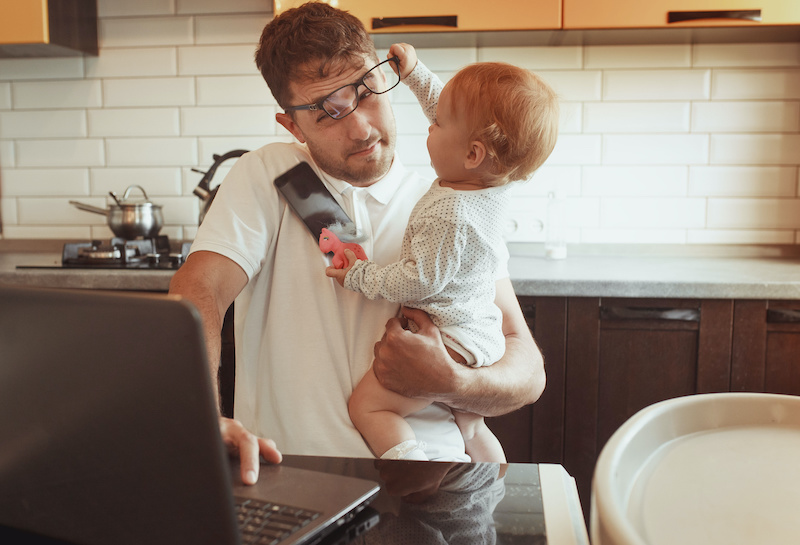Managing Director for Employer Branding SA Celeste Sirin shares why the way your organisation treats key stakeholders, from employees to candidates and consumers, is critical in determining your employer brand credibility now and into the future.
People often mistake employer branding as an activity solely tied to attracting the best talent to meet growth trajectories, especially in a buoyant and thriving economy. This is partially correct. But it’s important to remember employer branding is built from the inside out.
When the pandemic struck, many organisations were put to the test having to quickly shift their focus introspectively. Leaders had to migrate and manage their employees remotely, working tirelessly towards looking after their internal workforce’s well-being and engagement.
“The way your organisation treats key stakeholders, from employees to candidates and consumers, is critical in determining your employer brand credibility now and into the future.”
Josh Bersin, renowned thought leader and educator of Josh Bersin Academy, believes, irrespective of organisational industry, everyone is going through the four-phase pandemic cycle of “react, respond, return and transform.”
Are we there yet?
The dust is starting to settle as many organisations reopen, recruit and onboard employees back into the workplace. This was evident in one of our recent webinars, Steering Talent through a Crisis, where leaders reflected on their trials and tribulations to date.
Employee engagement is more important than ever as companies navigate through the recovery phase of redefining and building their workplace. Many organisations have worked successfully in keeping employees connected, engaged and spirits high through the thick of the pandemic; fostering all levels of remote culture building exercises.
However, these efforts need to continue across, what might now be, a split work-from-home and in-office working environment.
Personalising the employee journey
The COVID crisis exposed organisations’ underbellies and represented a dire need to pay close attention to the employee lifecycle and take targeted, individualised action.
Leaders had to take deliberate action in understanding each valued employees’ unique psychological, emotional and financial requirements. Every person experienced the pandemic setback differently with many organisations quickly realising they needed to take an individual, tailored approach with every employee.
Various reports, polls and studies demonstrated people experience high levels of anxiety, stress and fatigue; many confirm health is still, presently, a major concern for them.
Mastering the employee life-cycle is ongoing work-in-progress, especially within a disrupted workplace, where the future is uncertain.

Hybrid work-from-home models
In many cases, there’s still some disconnection between employers’ workplace requirements and their shifted preferential needs. The transition into the workplace is “not all plain sailing”, as organisations test hybrid work-from-home and partial in-office working arrangements.
While employees are enjoying working remotely in their uninterrupted work-from-home environments, the desire to return to the office, employees and employers alike, persists.
Many people thrive on connecting in-person and enjoy the opportunity to hold scrum and project meetings, to continue building the team spirit they so sorely missed.
This being said, live webinar polls have confirmed an increasing number of employees are enjoying a hybrid working arrangement, where they can benefit and enjoy “the best of both worlds”.
Communication is topping agendas
Stakeholder communications across all operational levels are topping most workplace agendas, with many CEOs and leaders continuing with transparent and consistent town hall discussions with employees through this recovery phase.
Leaders continue with intimate and regular conversations with their team members, having to demonstrate trust, empathy and team collaboration.
Marketing and Communications have shifted a great deal of their attention from consumer marketing to internal communications about the well-being and safety of their employees.
It is imperative that conversations across all levels continue, especially while organisations have their workforce dispersed at home and on-site.
Reframing the workplace
The pandemic has resulted in many organisations having to reframe their staffing structures to future-proof themselves for our new world of work.
Certain roles are being terminated and others being newly created. Sadly, this gives rise to the possibility of further redundancies. Organisations now face the challenge of retaining employee engagement in the aftermath of redundancies.
Employees are being retrained and reskilled with organisations redeploying and realigning their talent to meet their future business objectives. Agility and resilience are now key focus areas for many organisations.
Ensure your organisation retains its focus on your internal talent, especially if you’re like other businesses undergoing big transformations during this recovery phase.
Employees, candidates and consumers continue to watch how companies are treating their stakeholders. This will determine your employer brand credibility now and into the future.
This African proverb couldn’t be more relevant:
“Tomorrow belongs to the people who prepare for it today!”

Celeste Sirin is the Managing Director of Employer Branding South Africa, a consultancy assisting companies to build and market their employer brands to attract, engage and retain talent. Having worked in the recruitment industry for many years, running her own recruitment marketing and response management agency, she has first-hand recruiter knowledge.
Celeste’s mission is to define and drive the essence of employer branding and the fundamental importance of companies adopting it as a business imperative.

